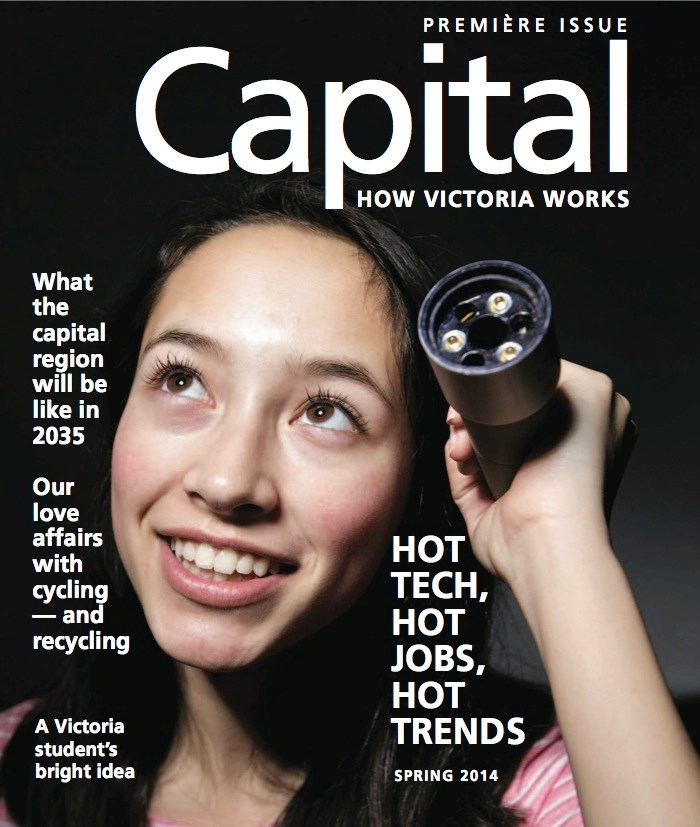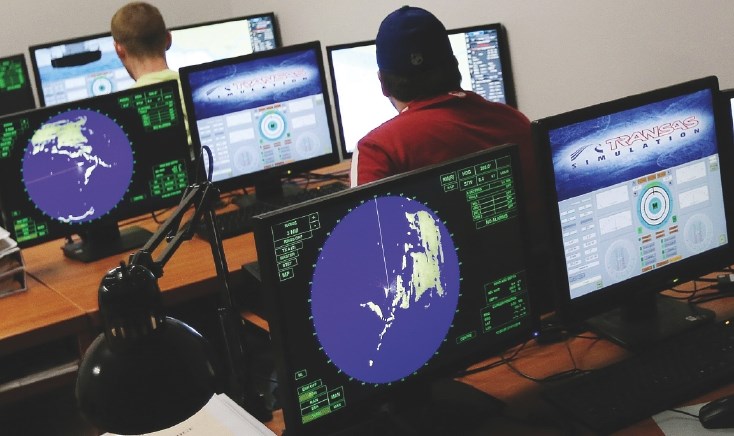The province’s shipbuilding industry will take a giant leap forward this fall when the first steel is cut on a new federal fisheries science vessel. It’s the start of $7.3-billion worth of ship construction on the West Coast that is expected to provide a generation with hundreds of good-paying jobs.
As many as 17 federal ships will be built by Seaspan Shipyards in North Vancouver and in Victoria, where they will receive finishing touches and go through trials. The first vessel will be delivered in summer 2016.
“This is such a great catalyst for change. The next 10 to 20 years is going to be exciting,” said Seaspan chief executive Jonathan Whitworth. “Once you’ve established a facility that is world class and a reputation for delivering on time and on budget, we feel very bullish about the long-term prospects of building both domestically and internationally.”
Seaspan is spending $200 million to modernize and prepare for the federal program. More than $20 million will go to Victoria Shipyards, working out of the Esquimalt Graving Dock, to build two facilities for new ship work and ongoing refits to frigates and submarines.
 |
|
Click on the cover to |
Point Hope Maritime in Vic West, Esquimalt Dry Dock Co., and other industries are expected to reap benefits with spinoff work.
The federal shipbuilding bonanza arrives as the industry is already improving. Vessel refits, maintenance and repairs and in-service support contracts now total an estimated $10 billion through 2020, according to the B.C. Shipbuilding and Ship Repair Board’s workforce strategy report.
All that work translates into expectations for steady production and steady employment in an industry that has been faced with severe downturns in past decades.
Openings due to retirement, along with expected employment growth, are anticipated to bring the total number of job openings to 4,237 in shipbuilding and repair and in the plate and fabrication sector by 2020, the report says.
It means training opportunities are being developed for everyone from workers on the shop floor and engineers to technology professionals.
Esquimalt is home to a new industry-supported Industrial Marine Training and Applied Research Centre, staging a range of training services to fill the need.
A $30-million Centre for Trades Education and Innovation is being built at Camosun’s Interurban campus. It will include a new marine and metal trades centre with welding, sheet metal, metal fabrication and shipbuilding and repair programs.
Ray Fischer, chairman of mechanical and metal trades at Camosun, said the revived shipbuilding industry is giving skilled trades workers more options in their futures. He said once journeymen are trained, they can choose to move between different sectors, such as shipbuilding and construction.
With B.C. building ships, the industry also needs skilled people to operate them. Ivan Oxford, an instructor in the nautical program at Camosun, said a shortfall in upper levels of certification among seafarers is looming as many are reaching retirement age.
Oxford said nautical graduates are serving on vessels in local waters and around the globe. He said nautical training gives people the opportunity to take on a high level of responsibility early in their careers.
The jobs provide attractive salaries and appealing schedules that allow for time off.
